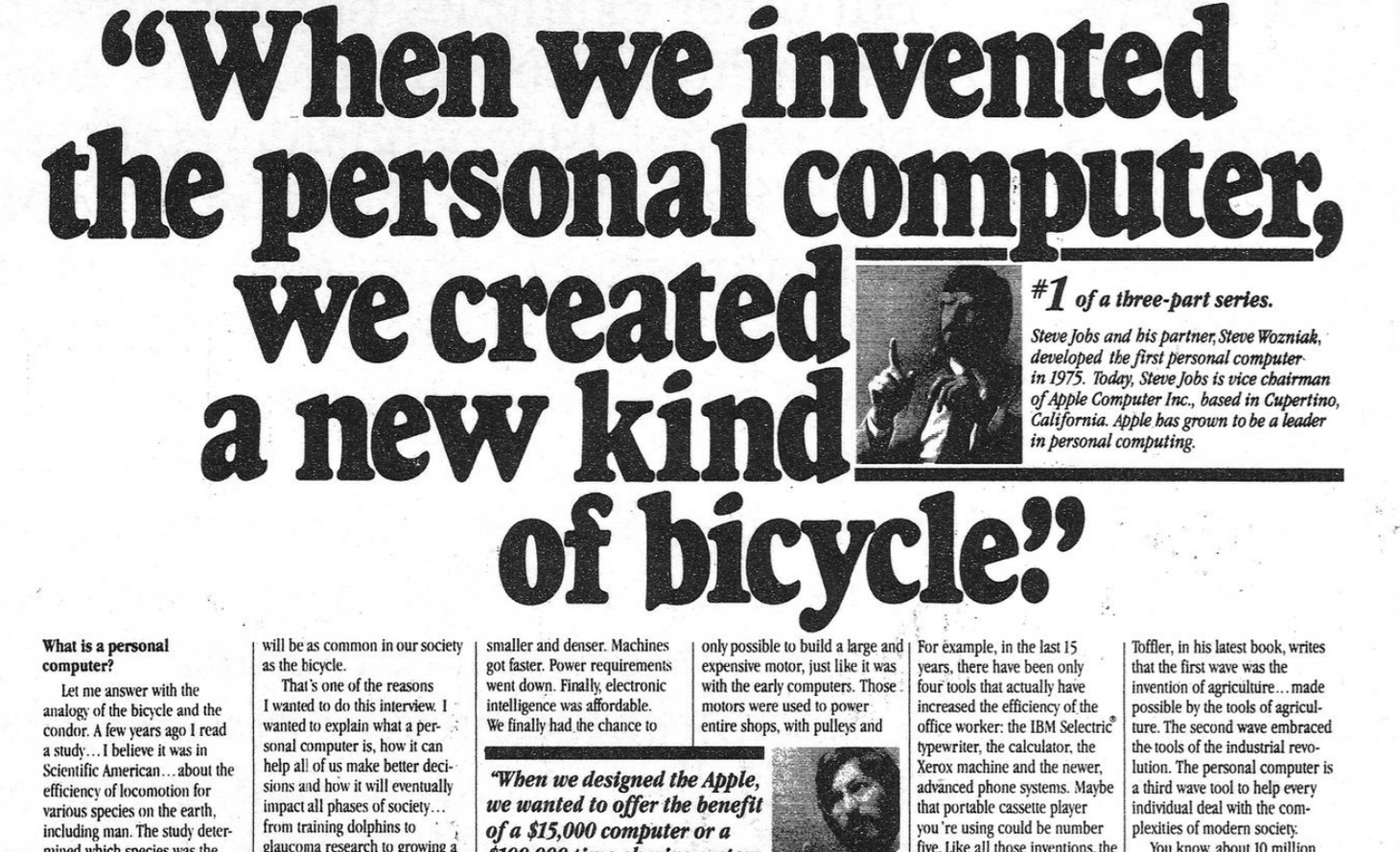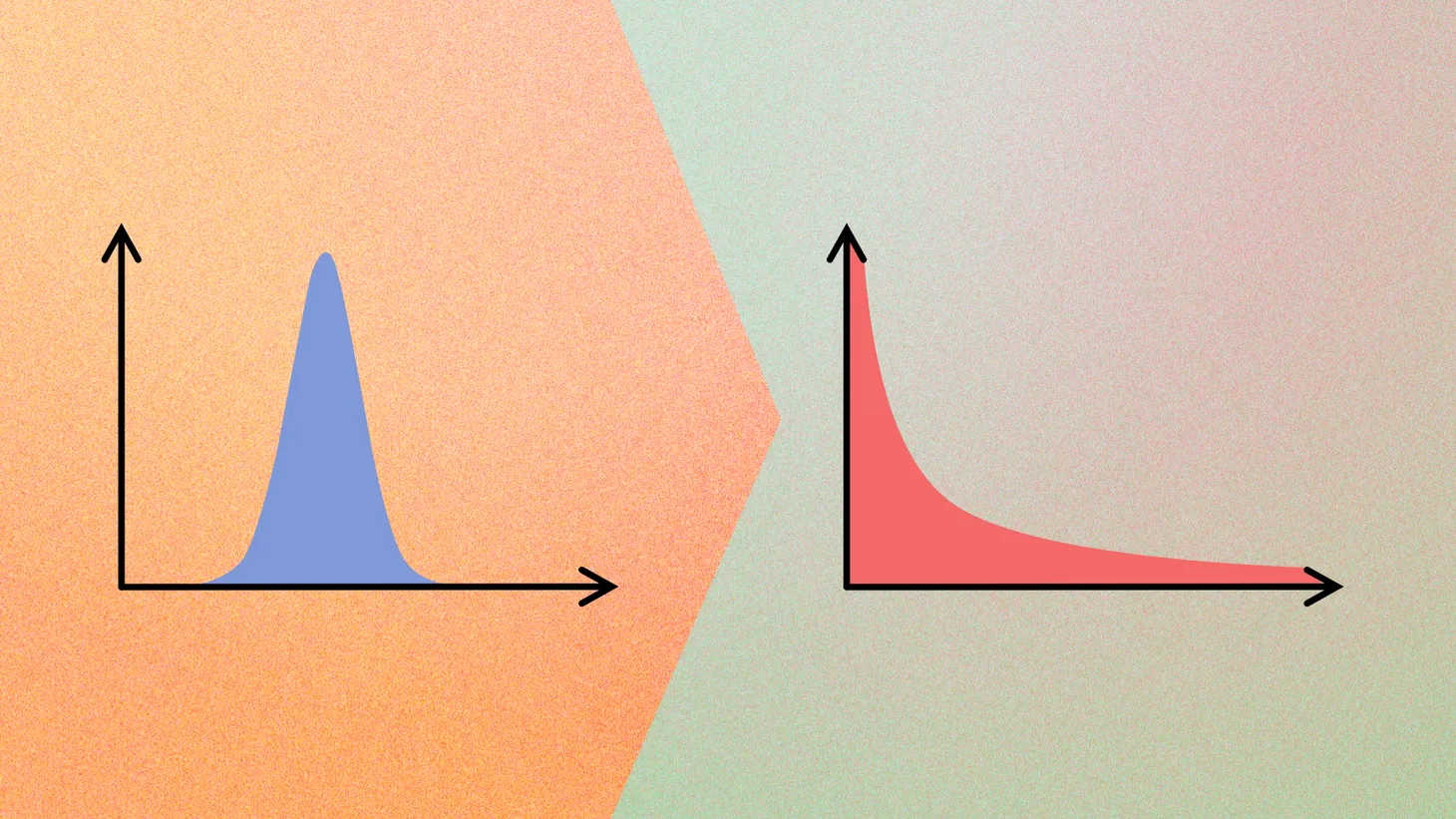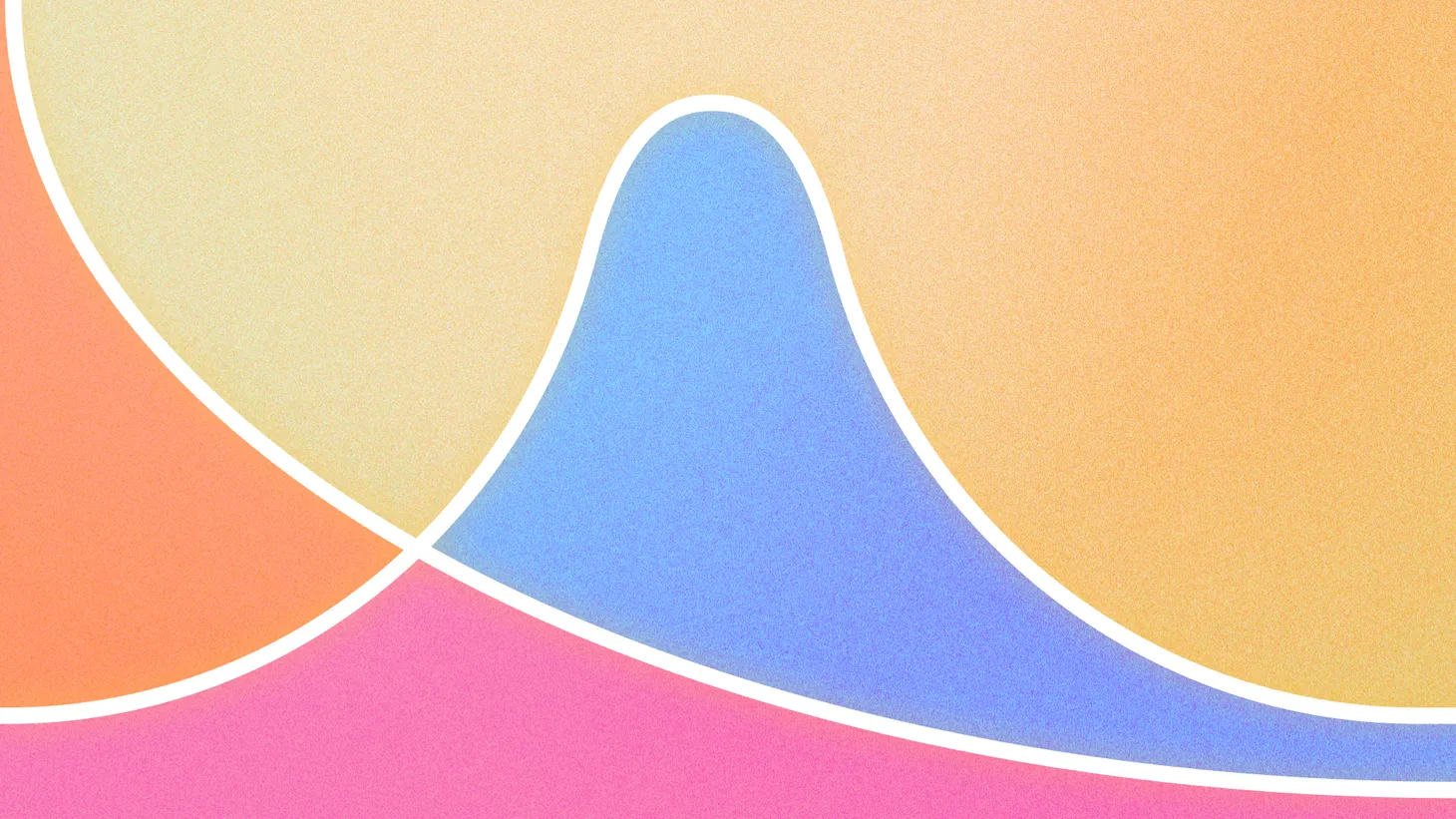A Bicycle of Inequality
Computers multiply the powers of the human mind. But they affect each person differently, very differently.

Steve Jobs famously described personal computers as a "bicycle of the mind." As Jobs tells it, he once read a scientific study that compared the efficiency of motion of different animals. On their own, humans were far less efficient than condors or horses. But the study also included a human on a bicycle. And that human was moving more efficiently than any animal on earth.
The computer was meant to do for the human mind what the bicycle did for the human body — free it from the constraints of nature and allow it to achieve more than anyone ever imagines.
Steve Jobs played a pivotal role in bringing personal computing to the masses. And his vision is now a reality, humans can do much more thanks to personal computers and the networks that connect them.
But the impact of the computer is very different from that of the bicycle. If you give each human a bicycle, their ultimate speed and output will be normally distributed. Some people will ride farther and faster (or slower) than others, but most people will perform within a similar range of each other — the normal range.
On the other hand, if you give each human a computer, their ultimate output will be power-law distributed. A tiny minority will build a piece of software (or post a video) that makes them a billionaire, a slightly larger minority will leverage their skills to make millions, and most will do very little.
A bicycle is also analogous to other industrial machines. The industrial age democratized middle-class jobs: It allowed more people to become more productive, earn more, and build a comfortable life. This dynamic was the key driver behind the rise of the middle class. The impact of networked computers will be very different. They are inherently disequalizing.
Dror Poleg Newsletter
Join the newsletter to receive the latest updates in your inbox.




